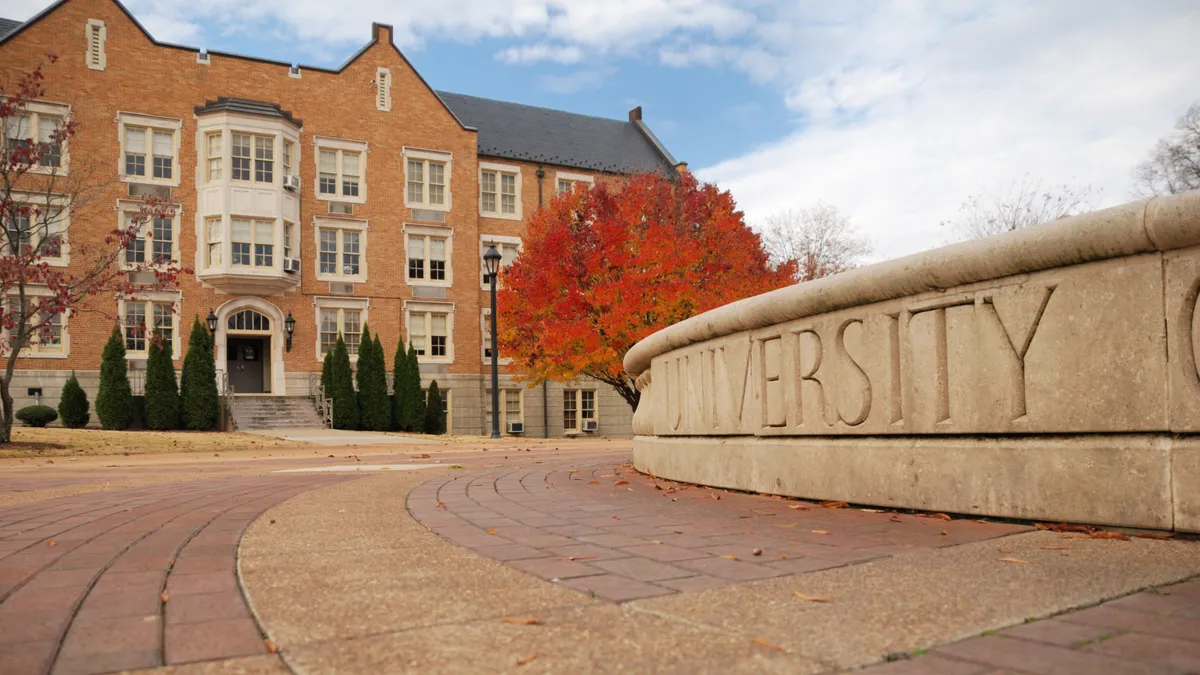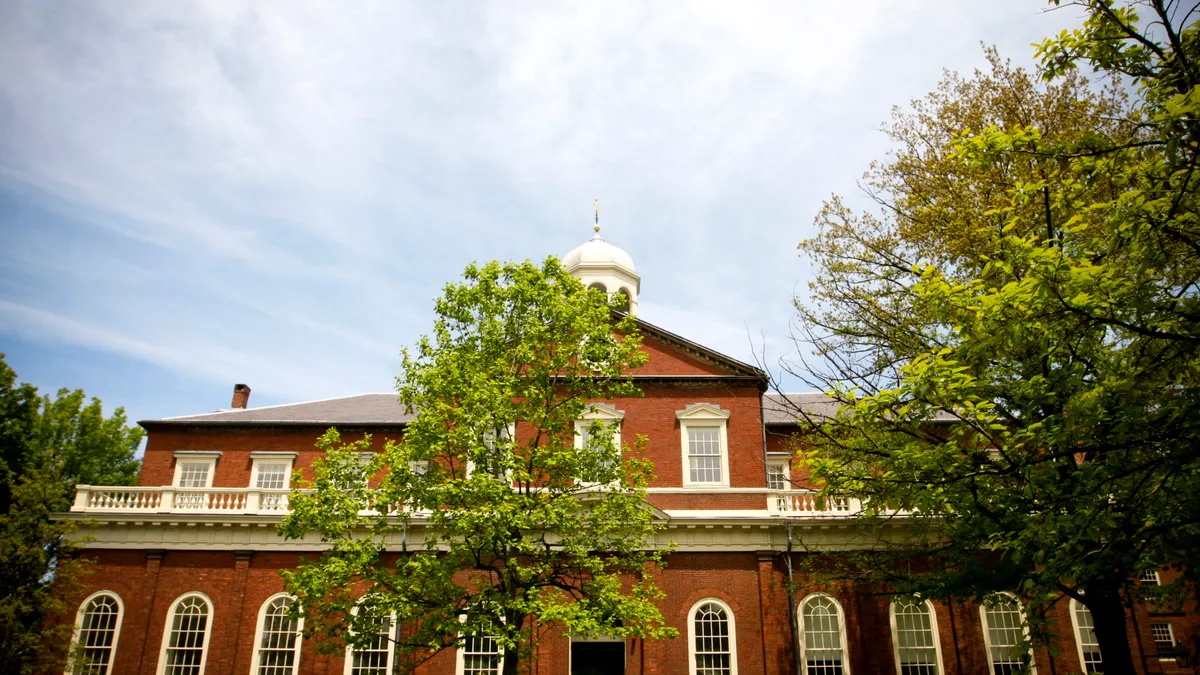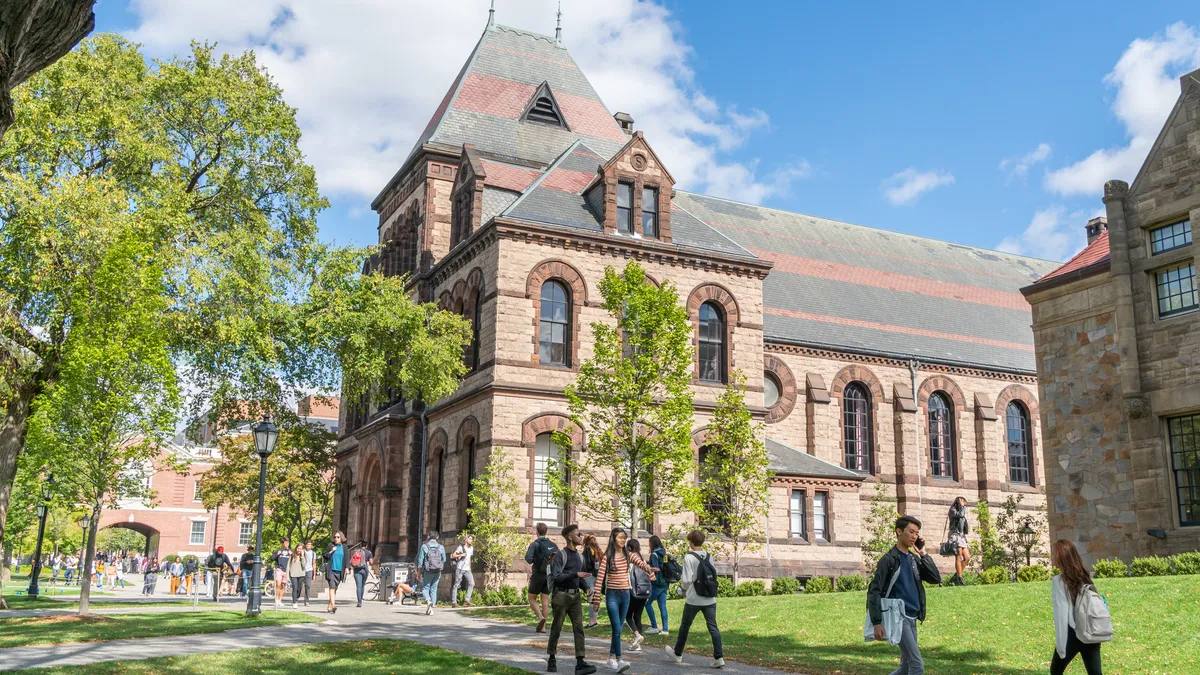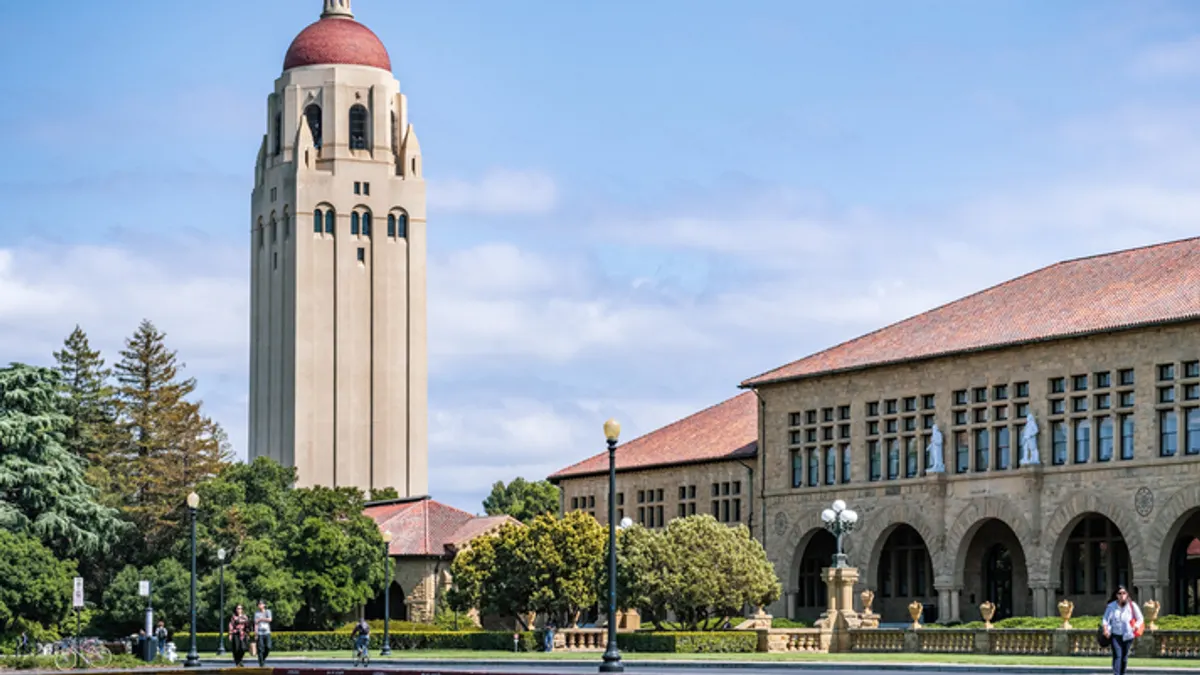Rising political volatility and resurgence of nationalism in the United States and many countries throughout the world has impacted several industries. Higher education is no exception — and, with some accompanying new challenges, writes Sir John Daniel, an education master at DeTao Masters Academy in China, in a new policy brief released yesterday by the Council for Higher Education Accreditation.
“You can distinguish the political changes in Europe and the U.S. and the whole drift towards a ‘post-truth’ and ‘post-trust’ society,” he writes. “They have quite threatening implications for higher education.”
International accreditation meets surging nationalism
Exploring the consequences of current political trends, Daniel outlines three case studies, including the story of Central European University in Hungary. The institution, which is dually accredited by the Hungarian Accreditation Committee and the U.S. Middle States Commission on Higher Education, opened a U.S. campus for the purposes of creating a bilateral agreement between the Hungarian and U.S. federal government.
But now, Prime Minister Viktor Orbán, wants to amend the law which developed the U.S. campus — and which he originally supported — forcing the university to change its U.S. accreditation, so that it can become free of “nefarious liberal influences,” or mandate that it leave the country. The demands are currently being argued in Hungarian courts.
‘With the resurgence in nationalism; all countries are realizing the extreme importance of higher ed in their economic development, so countries are taking a greater interest in higher education than they did,” Daniel said, noting that Hungary’s response to U.S. accreditation is an ‘extreme case.’ “There’s the problem of perception in the country, asking ‘why are my higher ed institutions marching to the beat of a drummer from a different place?’”
Daniel said international colleges, particularly those in countries not belonging to the Organization for Economic Co-operation and Development (OECD), often benefit from seeking accreditation and quality assessment in the United States, but institutions must be wary of the stipulations involved in such an arrangement.
“It’s a surprise to institutions there are constraints,” he said, noting the political climate had accentuated some arrangements and traditions that were not new in themselves. “It’s best to go in with both eyes open.”
Brexit and Trump: how will regulations change and potential students react?
An immediate implication of the rise in nationalism, Daniel says, is the impact policy shifts could have on international student applications, citing the Brexit decision. Higher education is typically a multi-year investment, Daniel notes, and currently no one knows if Britain would be issuing visas for students in the same way a year from now.
President Donald Trump’s proposed travel ban, rhetoric towards immigrants and reluctance to uphold international agreements has created a similar uncertainty, Daniel writes. He notes while it would not be certain until the numbers for the coming academic year come in, there are already signs the United States and Britain could see a pronounced drop in international student enrollment, while other English-speaking countries like Canada and Australia may see a boost in applicants.
Cynthia Miller-Idriss, an associate professor of education and sociology at American University and the author of “The Extreme Gone Mainstream,” echoed Daniel’s concerns, saying Britain and the US should expect conseuqneces of its nationalist policy moves in the coming years.
“The US and the UK should anticipate declining applications and enrollments from international students who are concerned about visa eligibility or fear that policies like the travel bans in the US could be expanded to additional countries, she said. “We have already seen challenges with international scholar mobility, both in terms of scholars already based in the US who have decided not to travel out of the country to conferences and scholars who have been invited to the US to speak but have trouble traveling here. I would expect these trends to continue.”
As enrollment continues to suffer throughout the industry, administrators have looked to international student enrollment (and the higher tuition such applicants often entail) as ways to buttress the institution’s bottom line. The approach has not been limited to American institutions, but many countries rely on significant rates of international student enrollment to support their higher ed industry, according to Daniel. For instance, 43% of Australia’s higher ed student population were international students.
“The problem is some countries and institutions have become so dependent, balancing their budget on international students, that it doesn’t take more than a few percentage point drops to make a big problem,” he said.
How can schools fight global perception shifts?
It's important to note though that pursuing international student populations is not solely a financial advantage institutions may want, Daniel says. In fact, schools offer generous scholarships to international students to entice them to enroll. Rather, institutions value demographic and intellectual strengths of a diverse campus, with Miller-Idriss explaining that school leaders could work to ensure international students and potential applicants feel ‘valued.'
“The US has a long tradition of investing in international and global exchange and knowledge," she said, “both because it’s important for national security and economic competitiveness and because global experiences help build competencies like cross-cultural communication skills and empathy, which are key to 21st century student success.”
Daniel says it could be particularly difficult to convince international students that countries in the midst of a nationalist moment may be tolerant and accepting of visitors, but alumni can step in and help — particularly if the schools have a large network of international students who may be working and living in the countries where these potential applicants currently reside.
He explains institutions like the University of Oklahoma, which has a large international alumni population, were likely already in contact with their networks to ensure applicants know the campus remains a bastion of inclusivity. “I’m sure they’re telling their alumni ‘get out there and tell potential students that Oklahoma State is a good place,’” he said. “The happy experience of alumni is the most bankable bet.”



















